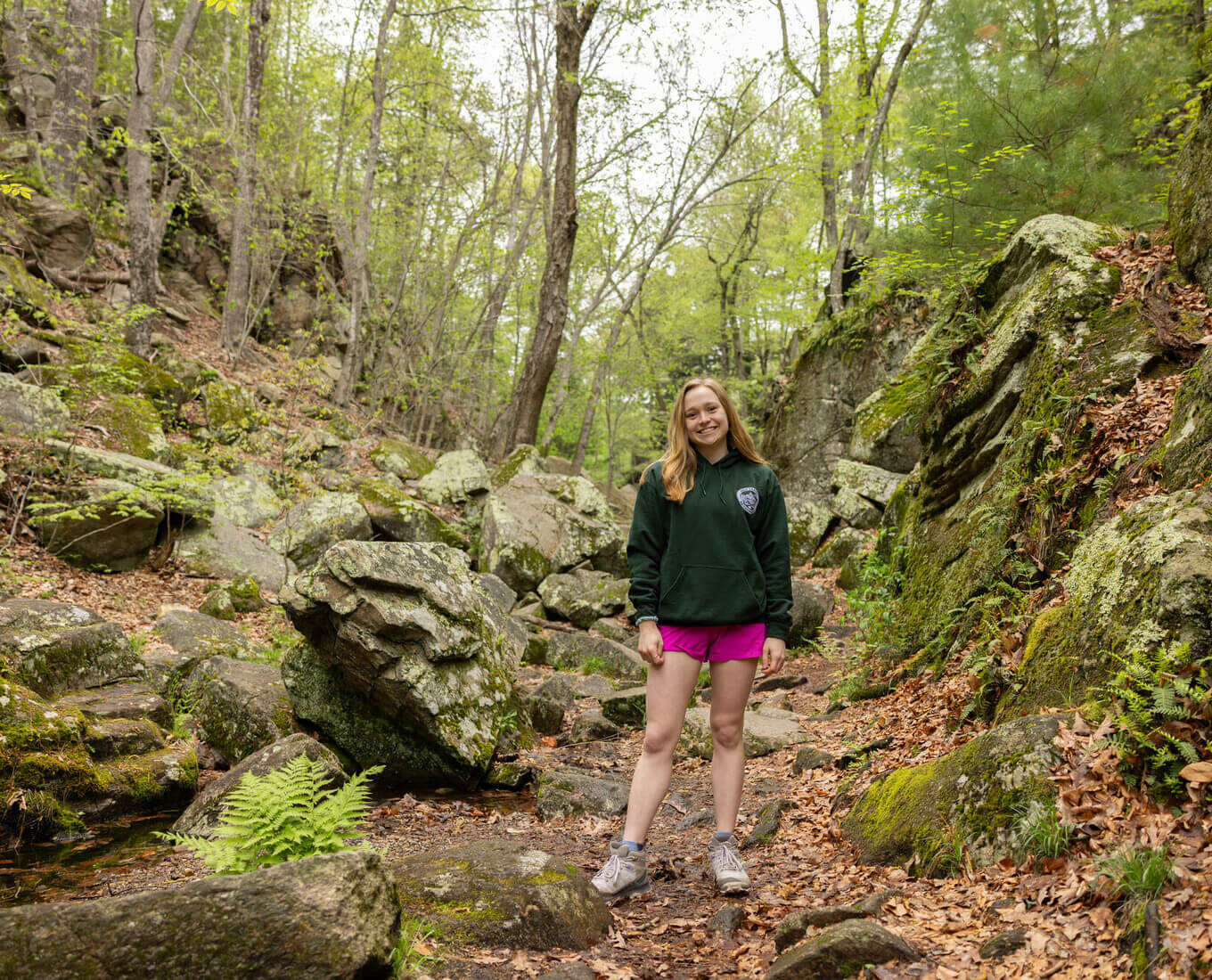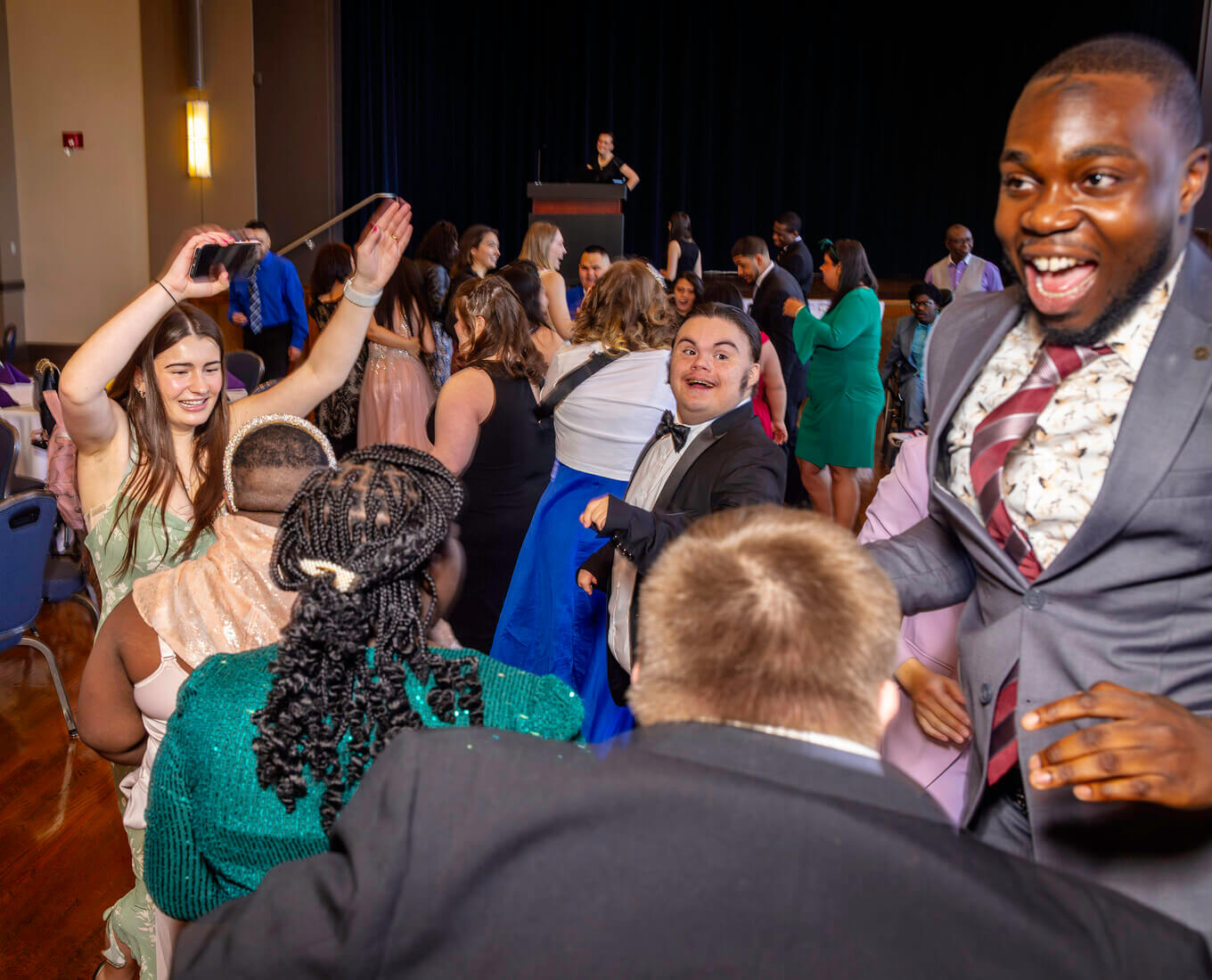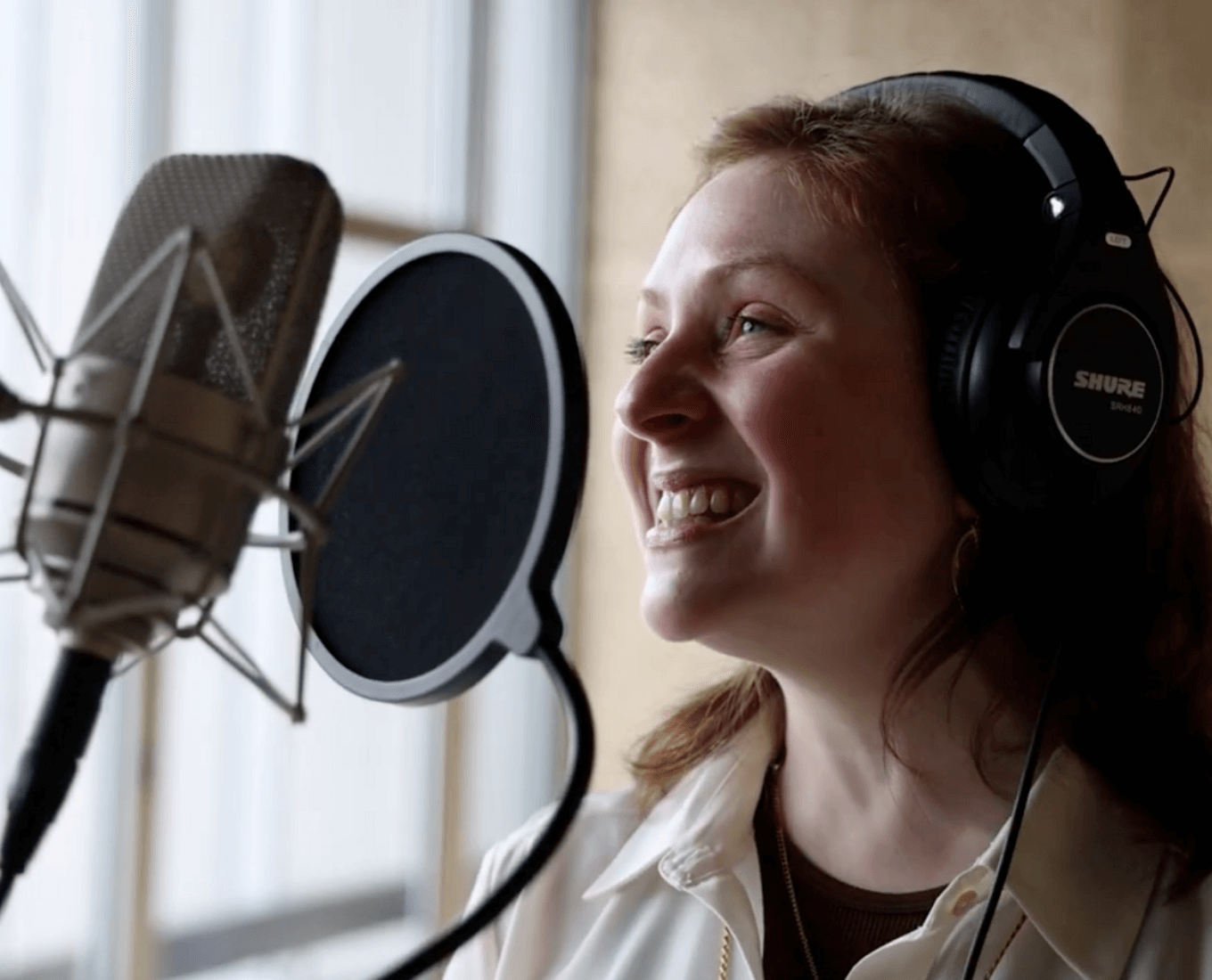A few pieces of art hung behind Gabriella Trznadel '24 as she met with her first-year advisor via Zoom a few years ago. Susan Rodgers, Distinguished Professor Emerita of Ethics and Society within the College of the Holy Cross' sociology and anthropology department, noticed the paintings and the two immediately developed a connection.
Now as a rising junior, Trznadel strengthened her bond with Rodgers through art this summer as part of the College's Charles S. Weiss Summer Research Program.
Trznadel, with Rodgers as her advisor, is creating a digital archive for the nonprofit project Refugee Artisans of Worcester (RAW). In the process, Trznadel was exposed to an entirely new realm of art.
"I always went to museums and saw paintings. We've talked about what the definition of art is," Trznadel said. "It's something for aesthetic reasons, but it has meaning behind it."
During the summer research project, which derived from Rodgers' Scholarship in Action grant, Trznadel documented how refugees in Worcester create everything from baskets to scarves through methods passed down from generation to generation in their original countries.
The research supported RAW, which was created in 2010. The nonprofit provides refugees with craft materials while fostering relationships with businesses and markets where the artisans can sell their goods.
As part of her project, Trznadel, a studio art and chemistry major, is interviewing artisans to document how each piece of art is created. She has also scoured the internet for the best layout to present the information.
"I think documenting it is important so that it doesn't just disappear," Trznadel said, "so there's proof of them doing amazing things. I think that's important. And, also, for their family history: They're really proud of their traditions and their crafts."


